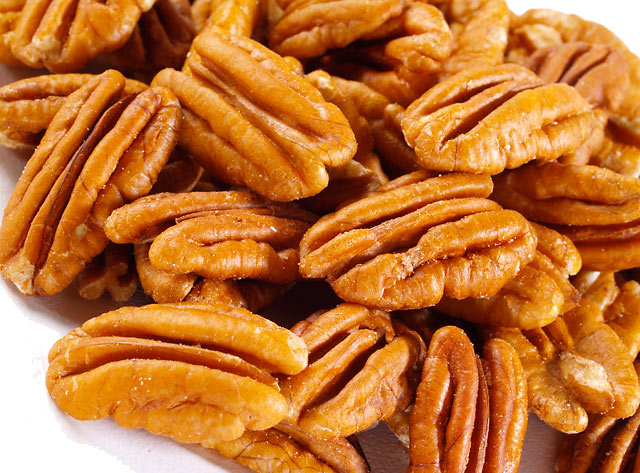
Hyperglycemia refers to increased glucose (blood sugar) in the bloodstream. The condition, also referred to as high blood glucose, happens when the body does not have enough insulin or it cannot properly use it. In particular, food choices, lack of exercise, and stress are the main risk factors for hyperglycemia. For a person with Type 1 diabetes, it can occur if he has not given himself enough insulin; those with Type 2 diabetes, on the other hand, will experience hyperglycemia if they cannot utilize insulin to convert glucose into energy. If a person has hyperglycemia, he will experience increased thirst and frequent urination. For the latter, this will be marked by high levels of sugar in the urine.
To address the effects of this debilitating condition, researchers looked at the anti-hyperglycemic ability of indigenous cinnamon. Earlier studies have said that the tree is rich in A-type proanthocyanidins, an antioxidant found in cranberries that offer protection against urinary tract infections. The twigs, which was used in the study, inhibit alpha-glucosidase and alpha-amylase -- enzymes responsible for converting carbohydrates from food into glucose.
For the study, researchers used rats treated with streptozotocin and fed a high-fat diet to mimic hyperglycemia. The rats were then grouped into three, namely: (1) rats treated with a high dosage of cinnamon extract, (2) those treated with a low dosage of cinnamon extract, and (3) rats treated with pioglitazone, a drug used to control high blood sugar, as positive control. The results revealed that rats treated with a higher dose of cinnamon extract had better glucose tolerance after a month of treatment. In addition, the group was able to inhibit amylase, lipase, and intestinal disaccharides, which can contribute to increased blood sugar levels. Both high-dosage and low-dosage groups also exhibited a decrease in belly fat and had improved cholesterol biomarkers than rats that were treated with pioglitazone. In particular, rats that were treated with cinnamon extract had slowed down their weight gain, based on serum liptin levels.
"These results suggest that CoTE [cinnamon twig extract] has potential antihyperglycemic activities for treating hyperglycemia without weight gain," the researchers concluded in their study.
Using cinnamon to fight diabetes
Cinnamomum trees have long been known for their use in both traditional medicine and food preparation. Cinnamon, a derivative of the dried bark of Cinnamomun trees, is especially rich in antioxidants that help fight against oxidative stress and protect against diabetes. Studies have also shown that cinnamon can lower blood sugar by increasing the efficacy of insulin to transport glucose into cells. People with diabetes would do well to have cinnamon after a meal to regulate the rate at which food is digested to prevent spikes in their blood sugar.
It's not just for diabetes: Cinnamon can also lower the risk of complications related to diabetes, including heart disease and Alzheimer's disease. (Related: Cinnamon is a delicious way to improve your blood pressure: Nutrition study.)
To learn more about how to add cinnamon to your diet, follow Ingredients.news today.
Sources include:
Please contact us for more information.























